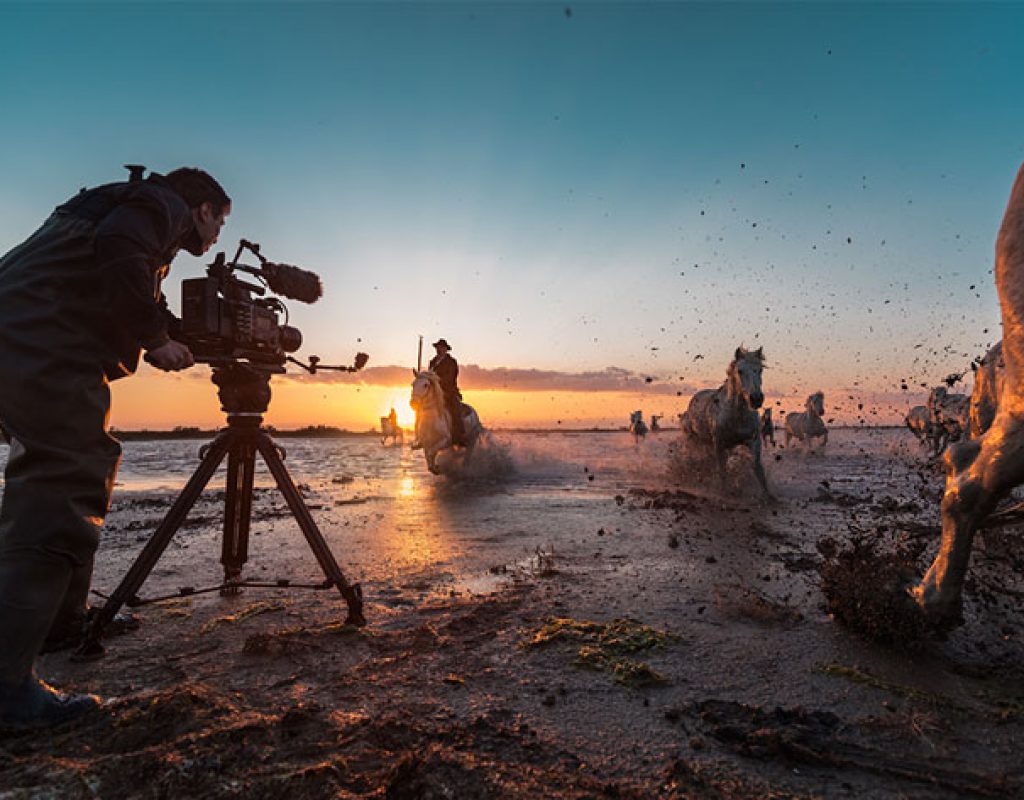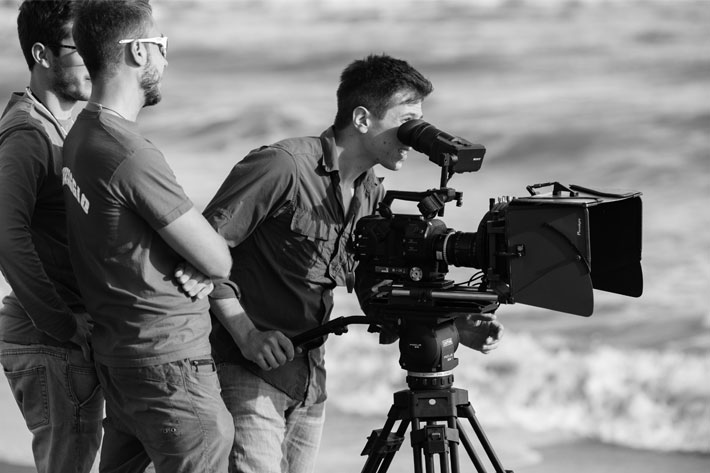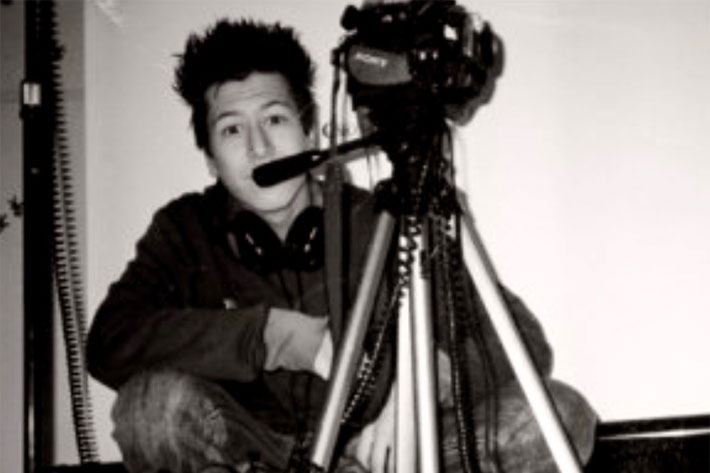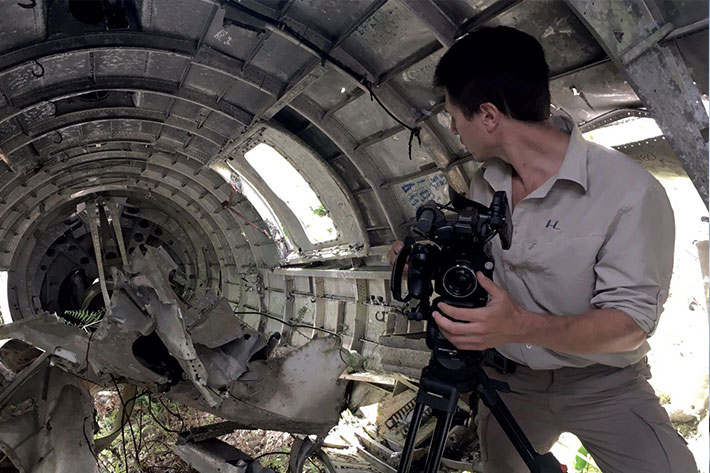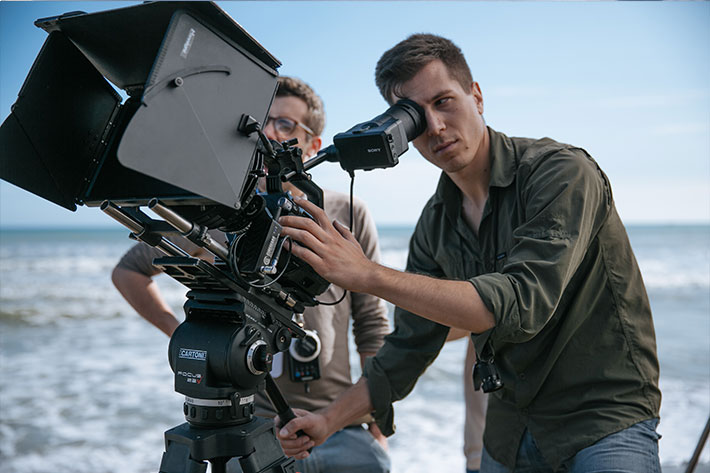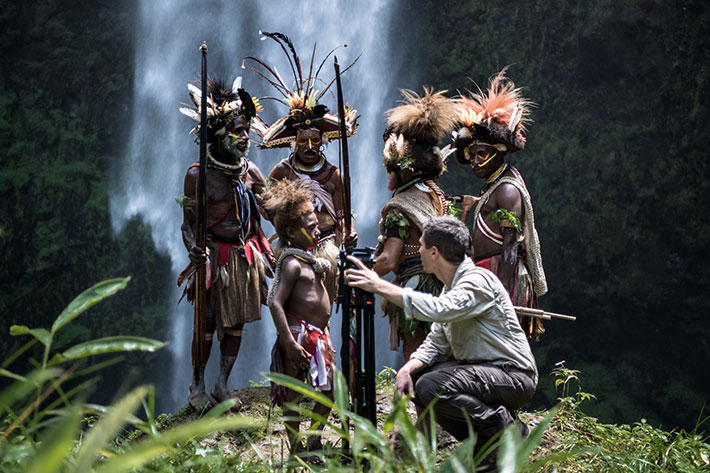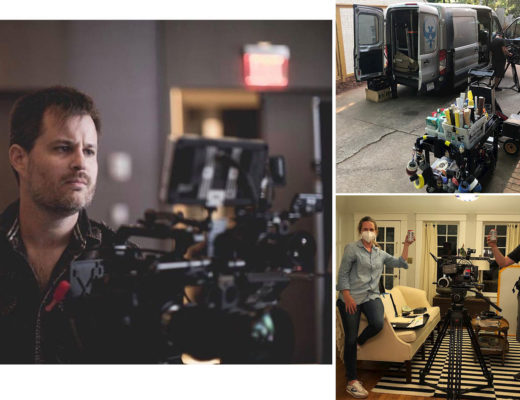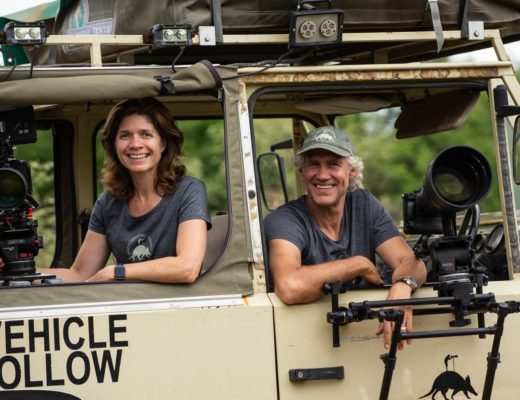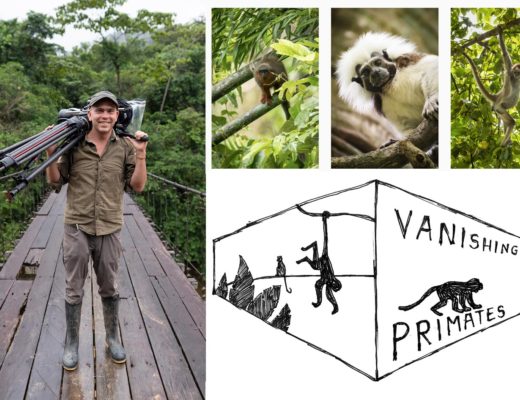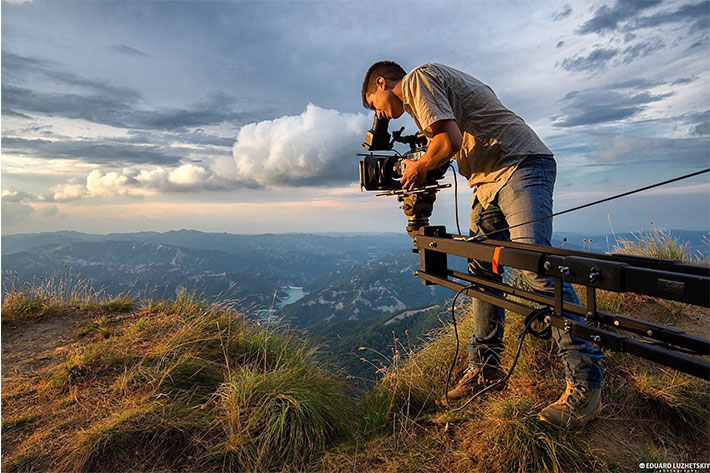
The docu-fiction Remembering Papua New Guinea will keep your eyes glued to the screen. DP Paolo Sodi explains how it was shot and talks about the need for rewilding ourselves a little bit.
Documentaries make him tick. Since he first touched a camera, 14 years old, he became entangled in the magic of how camera movements would capture the world around him. Four years later he was working professionally. A Sony Venice Ambassador, Paolo Sodi has worked with other cinematographers and specialists to produce documentaries in the areas he as a special passion for: nature and anthropology. His work has taken him to various places in Europe, Africa and Oceania.
https://youtu.be/vN2UbgYdoVs
A few months ago I watched clips and behind-the-scenes images of a project, Remembering Papua New Guinea, in which Paolo Sodi worked with Alessio Bariviera, and was (I still am) amazed with the treatment given to light. I believe that if you watch the footage available, you’ll agree with me. I wanted to know more, one thing lead to another, and I ended interviewing Paolo Sodi by email.
Cinematography as an universal language
The final interview, which you can read here, took some time to finish. Paolo Sodi has been busy filming and also with the Cartoni contest related to the SDS Tripod System, set to launch at NAB 2019 and which will feature Cartoni users from around the world, as it has Paolo Sodi’s work as centerpiece. Still, he found time to share with readers at ProVideo Coalition his growing passion for what he does, how hard it is to produce documentaries and how, despite all the challenges, he continues to explore the paths he loves to walk.
https://youtu.be/VDoCTSYmYYw
For those to whom the name may be new, I suggest a visit to Paolo Sodi’s website to check some of his moving images. I wrote a note when I first saw Paolo Sodi’s promotional reel, and I believe it says it all: Cinematography is an international language, like an esperanto which uses a filmmakers code to become understood even if you do not understand the language spoken by the DoP.
I could write more, but let me take you directly to the interview, which may serve a starting point for readers to explore, in the coming days, more of Paolo Sodi’s work. Being aware that a whole lot more is about to come, as he reveals in this interview.
A market limited beyond comprehension
PVC – How do you describe who you are and what you do as a cinematographer?
Paolo Sodi – I began practicing at a very young age. I had my first video camera when I was 14. It was a small 8 mm. I was already trying to create good camera movements. I was 18 by the time I started doing things professionally. It was 2007. I have always been involved in productions, as a director and director of photography. I have kept at it and never gave up in spite of difficulties.
https://youtu.be/DjS2h4H1wI0
PVC – Are you filming what you always wanted? I mean, sometimes filmmakers/photographers have two paths, their own work and what they do for clients, and they’re in distinct compartments. How does it work for you? Have you ever felt the curiosity or need to do something else?
Paolo Sodi – My greatest passion in filmmaking is documentaries, to which I have devoted the good part of the last few years. It was and still is hard. Especially because the Italian documentary market is limited beyond comprehension. No doubt things are slowly improving though.
Tools, inspiration and advice
PVC – In terms of tools, from cameras to lenses, what can, usually, be found inside your tool bag? What other gear is essential for you?
Paolo Sodi – As a director and director of photography on docu productions, I find the following tools to be essential: Sony Fs5, Metabones, Odyssey 7Q +, Canon EF 400 mm f / 2.8, Canon CN-E 14 mm T3.1, Canon CN-E 50 mm T1.3, Canon CN-E 85 mm T1.3, Rode NTG4.
https://youtu.be/cQCgE8FOl5k
PVC – Who’s been an inspiration for your career? What do you do to find inspiration?
Paolo Sodi – Whenever I want to pause, breathe in and enjoy other people’s work, I always watch stunning nature productions like Planet Heart, The Blue Planet, and the likes of them. They’re wonderful…
PVC – What is your advice to those people who want to pursue filmmaking professionally?
Paolo Sodi – The advice to all those who want to work in this field is … do keep experimenting and practicing on your skills at all time, even in your spare time, if that’s really what you love to do! Only then will you be able to find your own place in this, insane at times, but amazing world.
In Siberia with Alessio Bariviera
PVC – You’ve been busy the last months. Doing what?
Paolo Sodi – I will tell you about the projects I’m working on that I care the most about. I am working on pre-production of 5 documentaries, one in Siberia this Spring and four in Italy.
PVC – Your docu-fiction with Alessio Bariviera in Papua New Guinea pointed to the threats faced by the indigenous people in that region of the globe. You mention in your website that you prefer to cover Nature and anthropological topics. How easy or how hard is it to find clients for those subjects?
Paolo Sodi – Local broadcasters who will buy high-quality docs in the genres of “nature” and “people and culture” are hard to come by in Italy. Again, here the market for documentaries got stuck in the 90’s quality-wise and story-wise. Although the issue of pollution in general and respect for the various peoples is current, we are always talking about niches of realities that can be taken into consideration.
https://youtu.be/QIkAjHwkivg
PVC – How did you and Alessio Bariviera get to work on the Papua New Guines documentary? Do you have more plans to work with him, as you both share the same passion for Nature?
Paolo Sodi – Alessio and I have been working closely for years. Siberia, in fact, is the next step together. But we have other projects in mind, almost countless indeed… Besides the same passion, there is a professional symbiosis between us. Finding the right partner to work with is essential, somebody you can trust. That is especially true when you find yourself to share difficulties and setback behind every corner during field expeditions to produce the kind of documentaries we like to focus on.
We need to rewild ourselves a little bit
PVC – One of the aspects that first attracted me in the Remembering Papua New Guinea trailer I saw was the light treatment. How did you work in terms of lighting the scenes?
Paolo Sodi – Just so, on “Remembering Papua New Guinea” light was always natural. I did not bring any artificial one. I love managing the right kind of light and using it to my advantage. My artistic taste and the potential of cameras and optics as well come into play and eventually make a difference.
https://youtu.be/xohTPBGXFoM
PVC – What gear was used, cameras, lenses, accessories, for this project?
Paolo Sodi – In Papua, just as everywhere else I have been to, I had a Sony Fs5. It is a compact camera, a light one for sure, but with surprising capabilities. The tripod was a Focus 8, too light. A Stabilo would have been my preferred choice. I usually use Focus 12 and 18. But every now and then I have also brought with me the Focus 22.
PVC – What is it that makes you keep working on these projects?
Paolo Sodi – I find happiness in Nature. Nature nurtures me, as she does with anybody who is willing to listen to her. If we all set about rewilding ourselves a little bit, we’d all find our own bit of measure, and purpose and place in this world, which we have been totally mistreating.

Filmtools
Filmmakers go-to destination for pre-production, production & post production equipment!
Shop Now